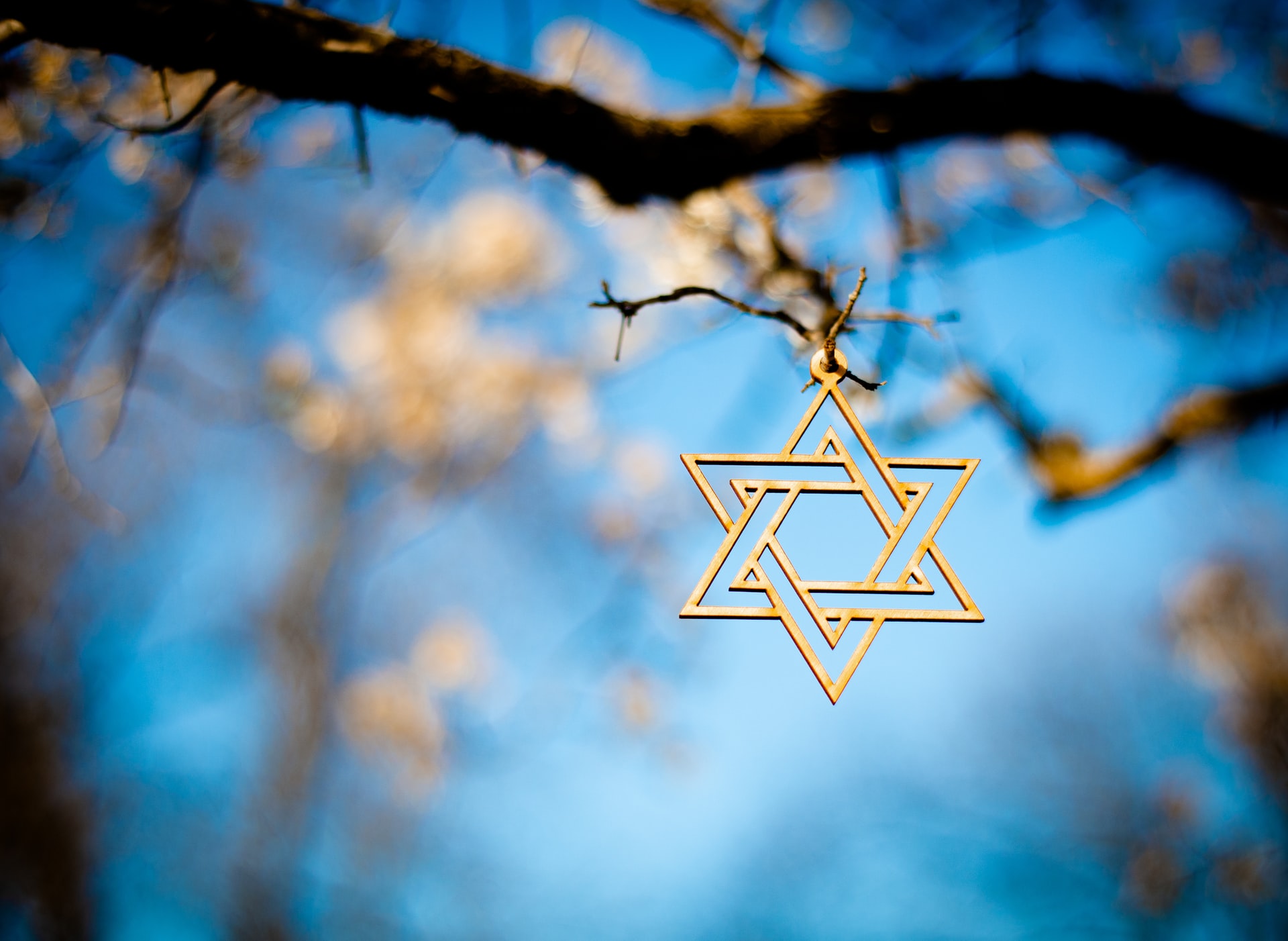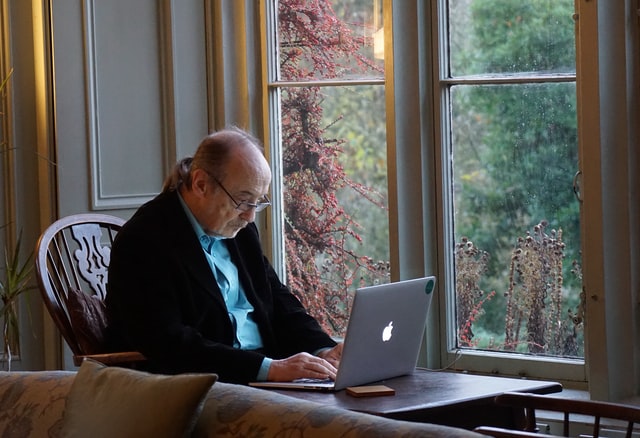Mir Yeshiva, which is also commonly known as Mirrer Yeshiva or The Mir, was founded in 1815 by Rabbi Shmuel Tiktinsky, one of the most prominent residents in the small town of Mir, Russian Empire (now Belarus). Mir Yeshiva later moved to a city in Ukraine following the start of World War I, but Rav Eliezer Yehuda eventually moved the yeshiva back to its original location in Mir over five years later.
This is when the yeshiva began to blossom. As the yeshiva’s reputation continued to grow, it began attracting students from across the world, most prominently from Europe, Australia, America, and South Africa. Soon, the student body had increased to over 500 people. By 1939, however, the future of the yeshiva was once again in peril with the start of World World II. It eventually branched out into four divisions, but this was only a temporary solution. The only way the yeshiva could survive is if it fled the Soviet-occupied region.
From there, the yeshiva reopened in Kobe, Japan and then again in Shanghai, China after there was a dispute around when to observe the Sabbath. Eventually, the yeshiva had to move from its Shanghai location due to a lack of funding. After having to move around for nearly a decade, the initial yeshiva evolved into three different yeshivas: one in Jerusalem and two in Brooklyn, New York, which are called the Mir Yeshiva and the Bais Hatalmud.
The Mir Yeshiva located in Jerusalem is an Orthodox Jewish yeshiva. It’s considered to be the largest in the world, with over 8,500 single and married students enrolled. While most of these students are from the United States and Israel, some have also come from Russia, Canada, Mexico, Australia, and France, among others.
It was under Rabbi Nosson Tzvi Finkel that helped the yeshiva blossom into the thousands. Due to these large numbers, the students were divided up into chaburas, or learning groups. Each learning group consisted of the same type of student, whether they were Israeli, American, European, Hasidic, non-Hasidic, and so on. These chaburas were assigned to sit in designated areas located in the Mir’s various study halls, which included the Beis Shalom, Beis Yishaya, and the Merkazei. There was one maggid shiur (teacher) and approximately 40 to 60 students for each learning group. Rabbi Nosson Tzvi Finkel suddenly passed away on November 8th, 2011, and was replaced by his eldest son, Rabbi Eliezer Yehuda Finkel.
Joining Rabbi Eliezer Yehuda Finkel on the leadership board are Harav Binyomin Finkel, Harav Yitzchok Ezrachi, Harav Binyomin Carlebach, Harav Nachman Levovitz, Harav Yisroel Glustein, Harav Asher Arieli, and Mr. Adrian Garbacz, the CEO of American Friends of Yeshiva D’Mir.
Every single yeshiva that still exists, but especially the one in Israel, is doing everything possible to commemorate the lives of past rabbis and students while continuing to teach a world that may have otherwise been lost. This is why supporting the Mir in Jerusalem is so important to me. It’s such a great feeling watching the yeshiva continue to flourish and educate its current student body so they can learn everything they can about their past, present, and future.





